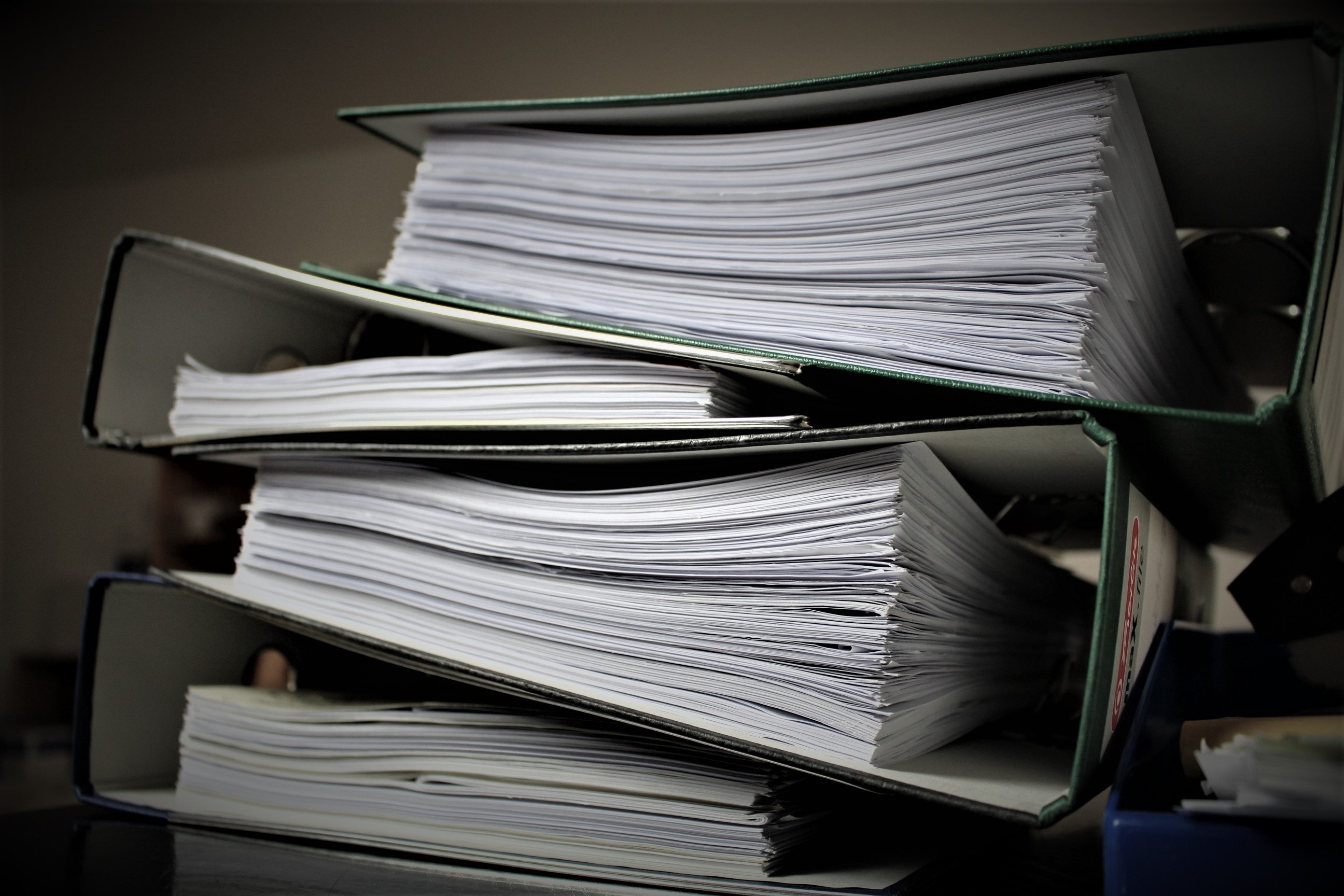Article by: Jeff Skolnick, CPA, M.S. Taxation
Whether incurred by individuals, estates, trusts or corporations, net operating losses (NOLs) have almost the same definition and treatment. In almost all cases these are caused by losses in a trade or business (including rental real estate). NOLs can be caused by other factors such as casualty and theft losses but these causes are not as common and I therefore will not be focusing on these. Business losses can be generated by your sole proprietorship (or single member LLC), rental real estate property, partnership (or multi member LLC) or S corporation.
Net operating losses occur when your business losses exceed your items of income. Unfortunately, this is not a straightforward calculation as certain deductions such as capital losses in excess of capital gains, the NOL deduction and the section 199A deduction for Qualified Business Income are not counted when figuring an NOL. Each of these types of deductions have their own rules on how they are calculated. The Qualified Business Income deduction is the 20% deduction applicable to individuals with business income from their sole proprietorship, partnership, S corporation, LLC or rental property. Additionally when calculating an NOL for an individual income tax return there are adjustments made for what are considered to be Nonbusiness income (Retirement benefits, social security benefits and certain investment income) and Nonbusiness deductions (Alimony paid, retirement plan deductions, certain health savings deductions, the standard deduction and most itemized deductions).
If you have a business or businesses that generate enough losses to reduce your income to a negative amount, then you have an NOL.
The 2018 Tax Cuts & Jobs Act placed additional restrictions on how NOLs are applied to income tax returns.
- On the individual side of things a net operating loss generated by all of the taxpayer(s) businesses may not exceed $250,000 ($500,000 for married taxpayers filing jointly). The rule before this change was a net operating loss was allowed to offset taxable income. An example should help clarify. Let’s say a single taxpayer has wages of $500,000 and a business loss from his/her business of $350,000. Prior to 2018 the law allowed the full $350,000 loss to be used to offset $500,000 of income and therefore the taxpayer paid tax on $150,000 of income. The $150,000 would then be decreased by the adjustments to income such as retirement plans, self-employed health insurance and the standard or itemized deductions. In years after 2017 the $350,000 loss would be limited to $250,000 (again this would have been a $500,000 limit if the example was a for a married couple filing a joint return), therefore leaving the taxpayer gross income at $250,000 before adjustments and deductions. The remaining $100,000 (difference between $350,000 total NOL and the $250,000 limit) is carried forward to subsequent years. This $250,000 (or $500,000) limit does not apply to C corporarations.
- An NOL can only offset 80% of taxable income in a future year. An example would be a taxpayer incurring a $100,000 loss in 2018. In 2019 the taxpayer has $100,000 of taxable income. Under the rules that existed prior to 2018 the NOL of $100,000 would offset the income of $100,000. Under the new law only 80% of the 2019 taxable income is eligible to be offset. The taxpayer will use $80,000 to reduce taxable income to $20,000 with the remaining $20,000 of the NOL that was not used being carried forward to 2020.
- Prior to the new law net operating losses were generally carried back 2 years and any unused NOLs were then carried forward for 20 years. The new law eliminates carrybacks and requires all losses to be carried forward. Carryback allowed taxpayers with NOLs to amend prior year returns, lower their income and receive refunds immediately vs. carrying them forward and offsetting future income. Taxpayers also had the option of foregoing the carryback to carry the loss forward if they felt they would be in a higher income tax bracket in the future. Carrybacks are still allowed for farming losses. On the bright side, the new law eliminates the loss of NOLs if not used within 20 years after they are incurred. The new law allows losses to be carried forward indefinitely.
I want to also point out that there are rules for when a taxpayer(s) have a change in marital status. I am not going to discuss the technicalities here, but please be aware that if your marital status has changed between the time an NOL was incurred and when it is applied, then there is another layer added to the calculation.
While the concept is simple, “if you have losses from a business or businesses, then you can use these losses to offset future income”, there are a number of regulations that can complicate matters. If you have an NOL consult with a tax professional. Proper use of the NOL regulations can save valuable tax dollars but misapplication of these rules can cause aggravation, penalties and interest.










